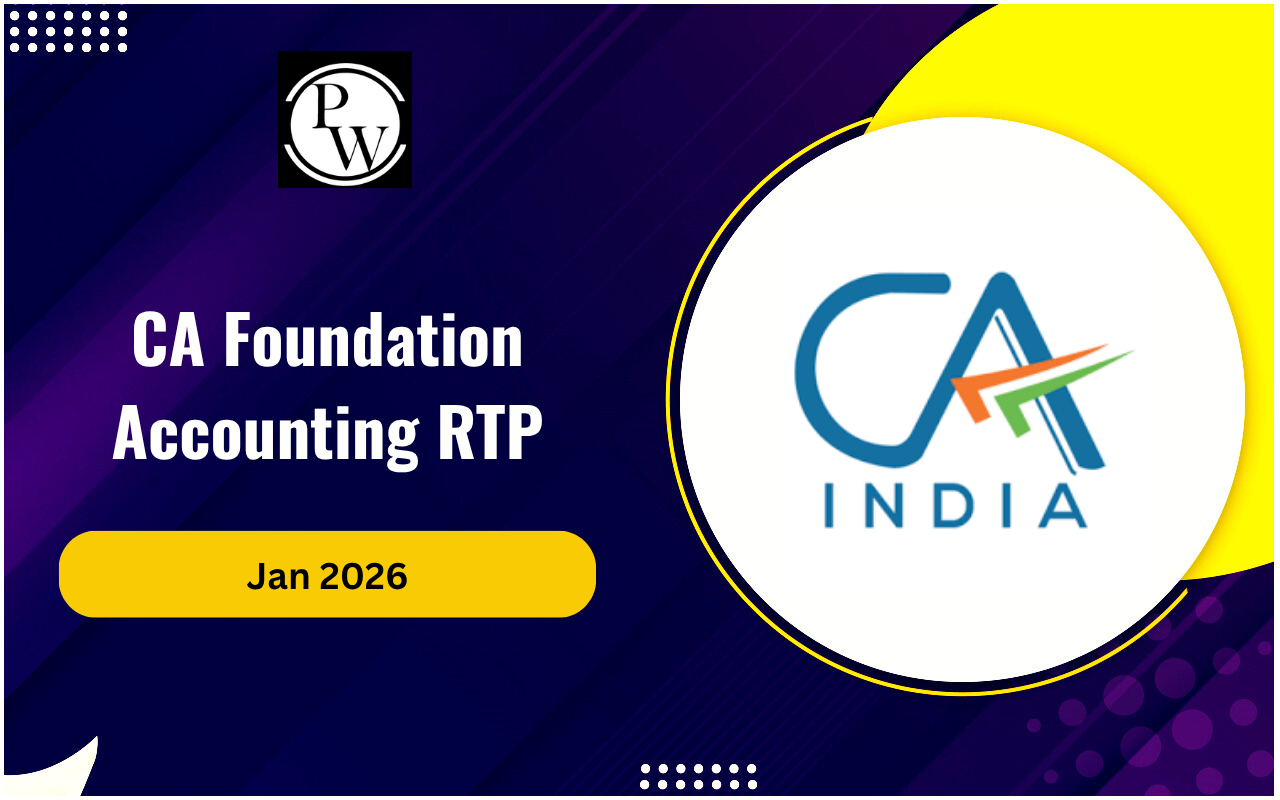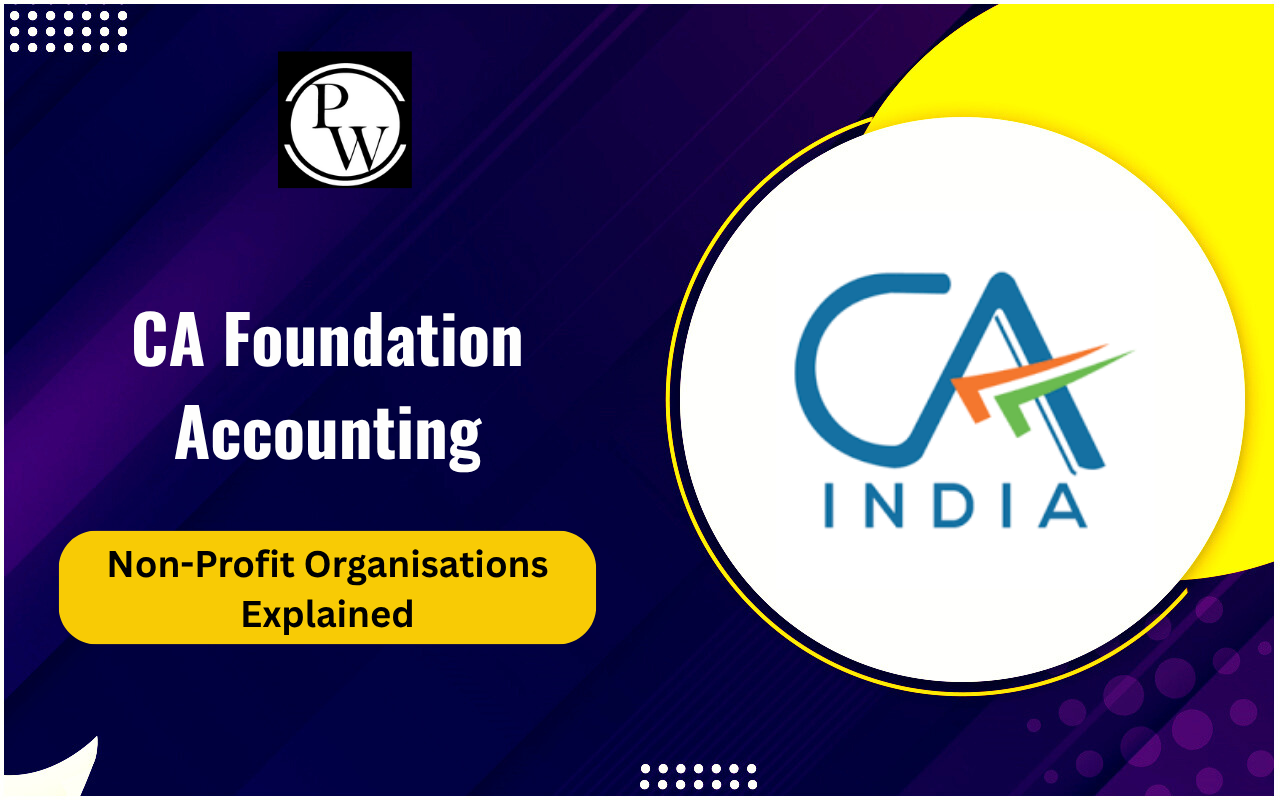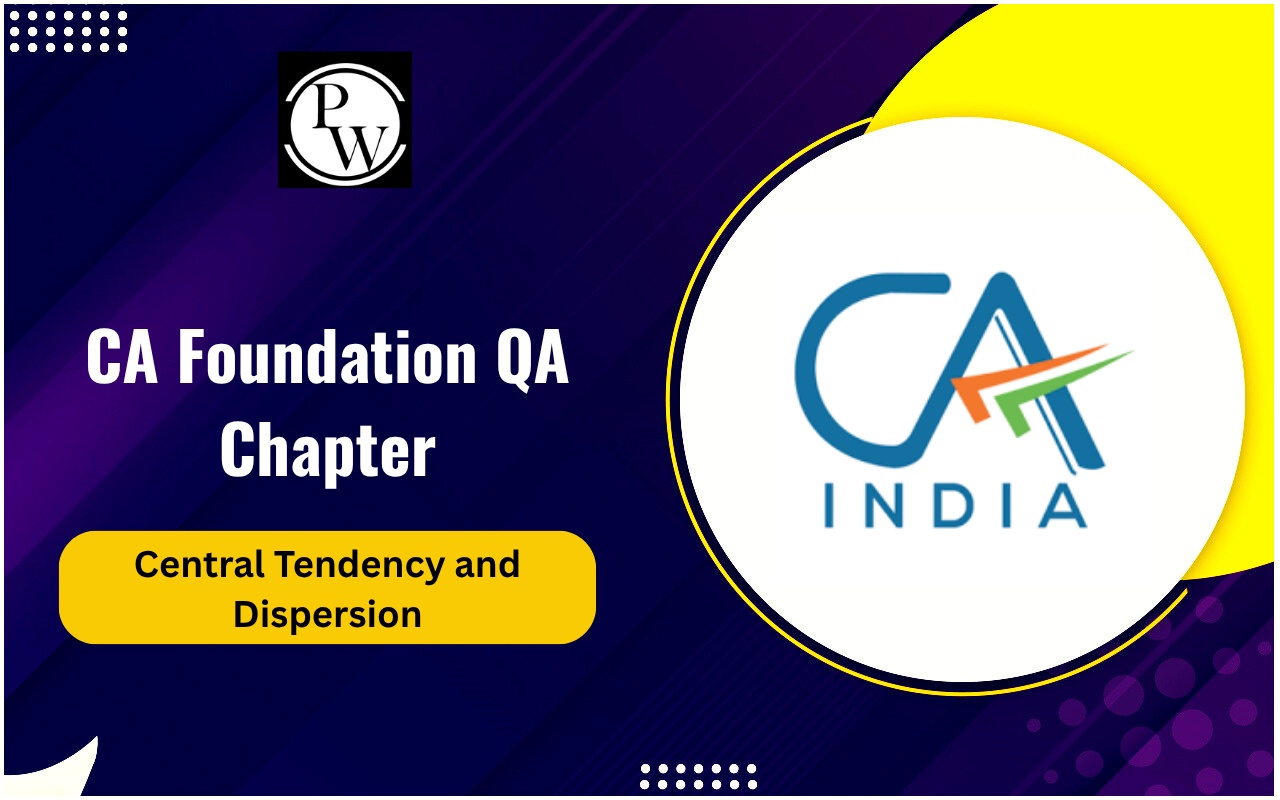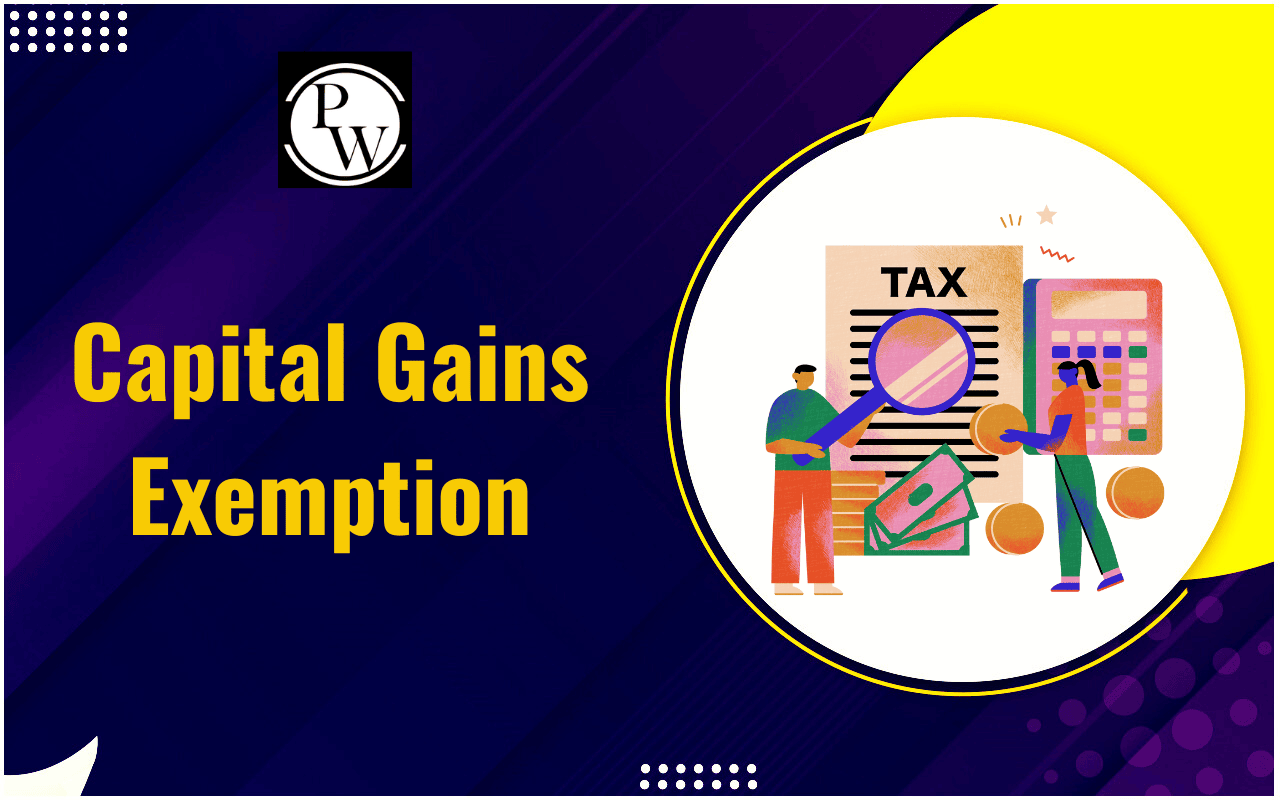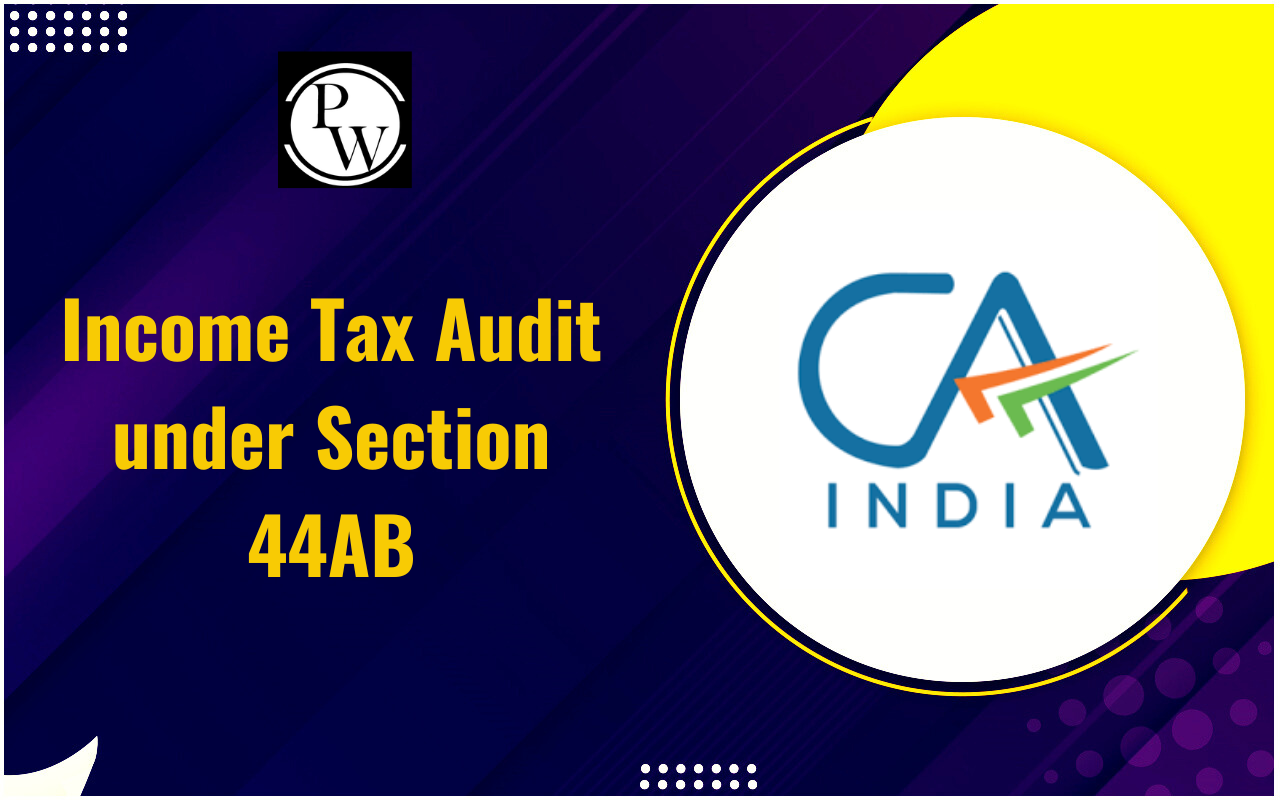
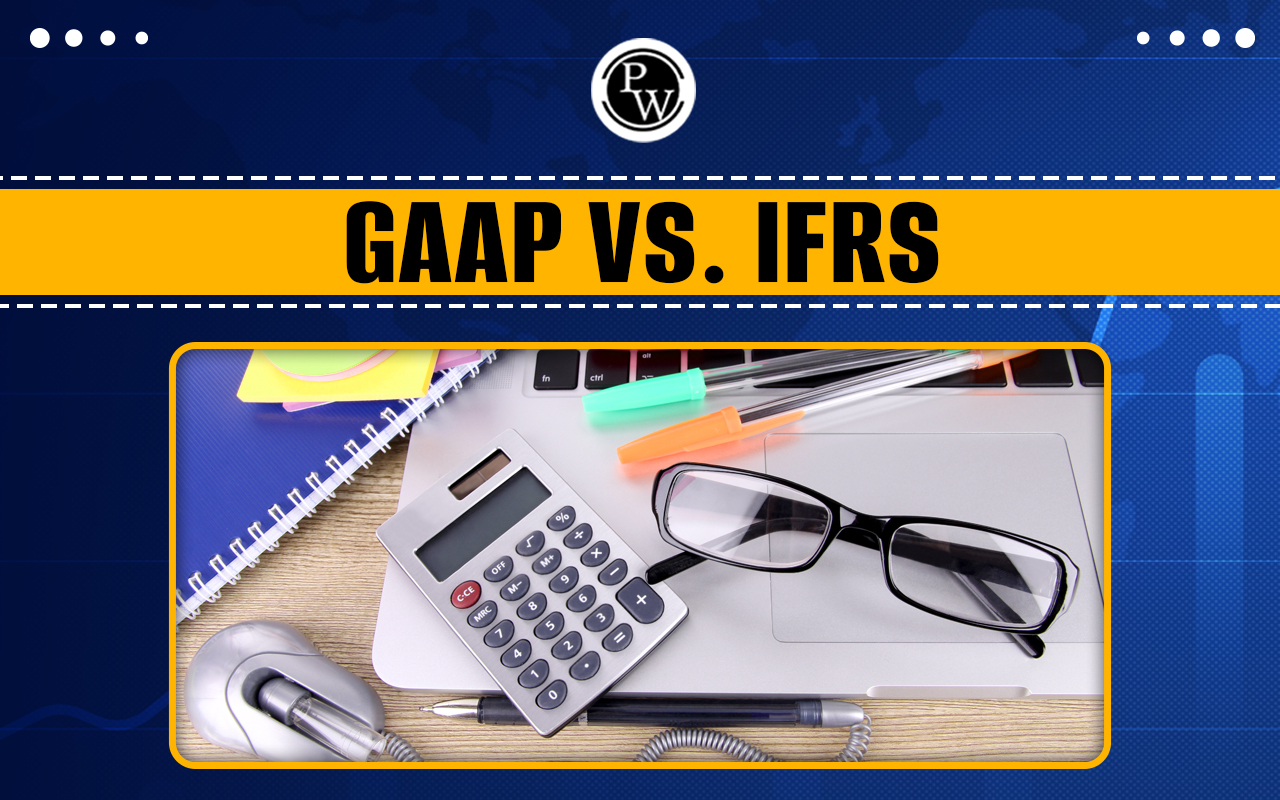
GAAP vs. IFRS: Accounting standards play a crucial role in ensuring consistency and transparency in financial reporting. For aspiring Chartered Accountants (CAs), understanding these standards is essential. In this article, we will explore the key differences between GAAP vs. IFRS, highlighting their importance and impact on financial reporting. As you delve into this comparison, remember that mastering these standards is a step closer to cracking your CA Exams .
What Is GAAP?
Generally Accepted Accounting Principles (GAAP) are a set of accounting standards, principles, and procedures that companies in the United States must follow when compiling their financial statements. GAAP is designed to ensure consistency, reliability, and comparability of financial information. GAAP encompasses a wide range of accounting practices, from revenue recognition to balance sheet item classification. These principles are established by the Financial Accounting Standards Board (FASB) and are mandatory for publicly traded companies in the U.S. Adhering to GAAP ensures that a company's financial statements are transparent and comparable across different periods and organizations. One key aspect of GAAP is its rule-based approach. This means that GAAP provides specific rules for various accounting scenarios, which can make it easier for accountants to apply but also potentially more complex due to the detailed guidelines. Understanding GAAP is essential for CA students aiming to work in U.S.-based companies or firms dealing with American clients.What Is IFRS?
International Financial Reporting Standards (IFRS) are a set of accounting standards developed by the International Accounting Standards Board (IASB). IFRS is used by many countries around the world, making it a global standard for financial reporting. The goal of IFRS is to create a common accounting language, ensuring that financial statements are consistent, transparent, and comparable across international boundaries. Unlike GAAP, IFRS is principle-based, meaning it provides broader guidelines that can be applied to various accounting situations. This approach allows for more flexibility and judgment in financial reporting, which can lead to more relevant and useful information for users of financial statements. However, this flexibility can also result in less consistency and comparability between companies. IFRS covers various aspects of accounting, including revenue recognition, asset valuation, and financial statement presentation. For CA students, understanding IFRS is crucial, especially if they plan to work in multinational corporations or countries that have adopted these standards. The knowledge of IFRS can open doors to global career opportunities.GAAP Vs. IFRS Comparison Table
To better understand the distinctions between GAAP vs. IFRS, the following table provides a concise comparison of key aspects between these two accounting standards.| GAAP Vs. IFRS Comparison Table | ||
|---|---|---|
| Aspect | GAAP | IFRS |
| Framework | Rule-based | Principle-based |
| Governing Body | FASB (Financial Accounting Standards Board) | IASB (International Accounting Standards Board) |
| Revenue Recognition | Specific rules for different industries | General principles applicable to all industries |
| Inventory Valuation | LIFO allowed | LIFO not allowed |
| Fixed Assets Revaluation | Not allowed | Allowed |
| Financial Statements | Comprehensive Income not mandatory | Comprehensive Income mandatory |
| Development Costs | Expensed when incurred | Capitalized if certain criteria are met |
| Extraordinary Items | Reported separately | Not separated, included in regular items |
| Impairment of Assets | Two-step approach | One-step approach |
| Segment Reporting | Detailed segment reporting | Less detailed segment reporting |
Differences Between GAAP and IFRS
When comparing GAAP vs. IFRS, it's essential to understand the primary differences between these two accounting standards. These differences can significantly impact financial reporting and decision-making for businesses.Framework and Approach:
GAAP is rule-based, providing detailed rules and guidelines for various accounting scenarios. This specificity can help ensure consistency and comparability but may also result in complexity. In contrast, IFRS is principle-based, offering broader guidelines that allow for professional judgment. This flexibility can lead to more relevant information but may also reduce comparability.Revenue Recognition:
Under GAAP, revenue recognition rules can vary significantly between industries, with specific guidelines for recognizing revenue in different sectors. IFRS, on the other hand, provides a more unified approach, focusing on general principles that can be applied across various industries. This difference can impact how companies report their revenue, affecting financial statements and investor perceptions.Inventory Valuation:
One of the notable differences between GAAP vs. IFRS is the treatment of inventory valuation. GAAP allows the Last In, First Out (LIFO) method, which can be beneficial for tax purposes. However, IFRS prohibits the use of LIFO, requiring companies to use either the First In, First Out (FIFO) method or the weighted average cost method. This distinction can lead to different inventory valuations and cost of goods sold figures between companies using GAAP and those using IFRS.Fixed Assets Revaluation:
GAAP generally does not allow the revaluation of fixed assets, meaning assets are recorded at historical cost and depreciated over time. IFRS, however, permits revaluation, allowing companies to adjust the value of their fixed assets to reflect current market conditions. This difference can result in significant variations in the reported values of fixed assets and overall financial health between GAAP and IFRS-compliant companies.Development Costs:
Under GAAP, development costs are typically expensed as incurred. In contrast, IFRS allows for the capitalization of development costs if certain criteria are met. This difference can impact a company's profitability and asset base, as capitalized development costs are amortized over their useful life rather than expensed immediately.Extraordinary Items:
GAAP requires the separate reporting of extraordinary items, distinguishing them from regular operating items. IFRS, however, does not separate extraordinary items, including them within the regular items of the financial statements. This approach can result in different presentations of financial performance and unusual events.Impairment of Assets:
The impairment testing process also differs between GAAP vs. IFRS. GAAP uses a two-step approach, first identifying potential impairments and then measuring the impairment loss. IFRS employs a one-step approach, directly measuring the recoverable amount and comparing it to the carrying amount. These varying methodologies can lead to different impairment losses and financial results.Segment Reporting:
Segment reporting under GAAP is often more detailed, requiring extensive disclosures about a company's operating segments. IFRS requires less detailed segment reporting, which can result in differences in the level of information provided to investors and stakeholders. Understanding these key differences between GAAP vs. IFRS is vital for CA students, as it enhances their ability to analyze and compare financial statements from different regions. Mastering these standards will not only prepare you for the CA exams but also equip you with the knowledge needed for a successful career in accounting and finance. To support your journey, consider enrolling in PW CA Courses, where expert guidance and comprehensive resources will help you achieve your goals.GAAP vs. IFRS FAQs
What is the primary difference between GAAP and IFRS?
Why is understanding GAAP important for CA students?
Can development costs be capitalized under GAAP and IFRS?
How do GAAP and IFRS differ in inventory valuation?




